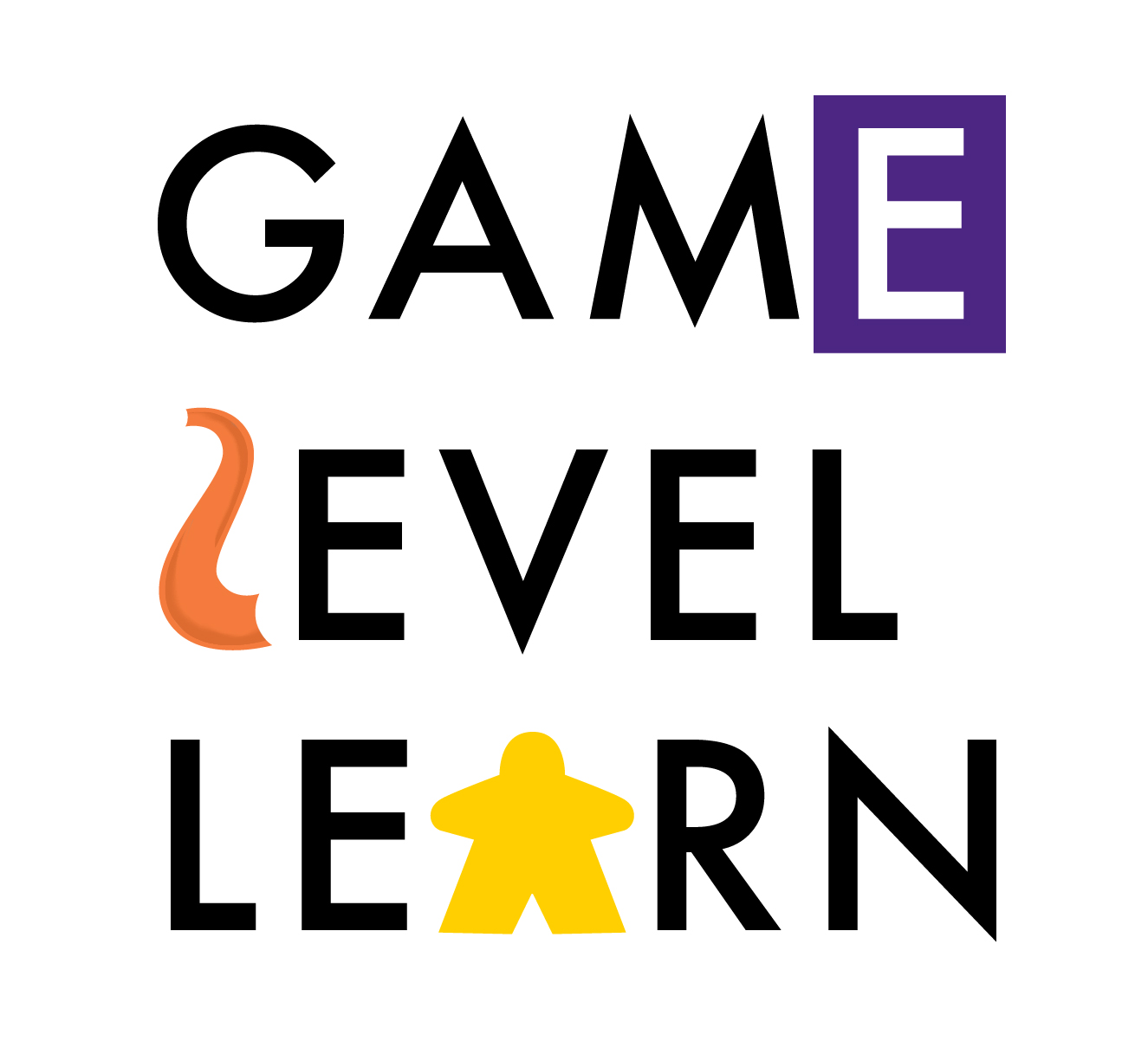Jesper Juul. "Half-Real: Video Games between Real Rules and Fictional Worlds"
/From www.jesperjuul.net
Jesper Juul. Half-Real: Video Games Between Real rules and Fictional Worlds. (MIT Press, 2005).
As I set about to write my own book (Level Up Your Classroom) many years ago, I set my mind to finding as much as I could that had already been written about games, gaming and learning as I could. There weren’t a great many books about the topic, but there was a robust scholarship on what games were and what they were not. In my early reading, I found my way to Jesper Juul’s Half-Real: Video Games between Real Rules and Fictional Worlds, which was published by MIT in 2005. Don’t let the fact that it was published 15 years ago dissuade you from reading this magisterial book. It was and remains seminal…for all practical purposes a great choice for the first book you might choose to read on games and game culture.
Juul is presently an Associate Professor at The Royal Danish Academy of Fine Arts - The School of Design in Copenhagen. He continues writing and teaching in the field (I’ve read his other work, and I might write about it as well in forthcoming posts). His work had a dramatic effect on me, shaping my own writing and my teaching practice.
The core thesis of the work is that video games are half-real and they create an understanding of fictional worlds and contexts by means of real rules. In the book, he spends a great deal of time explaining what rules are and how they work. He answers the question, “what is a game?” this way: “ a game is a rule-based system with a variable and quantifiable outcome, where different outcomes are assigned different values, the player exerts effort in order to influence the outcome, the player feels emotionally attached to the outcome and the consequences of the activity are negotiable” (36). He writes about how rules create structure and enable the lusory attitude that ought to exist within the magic circle. He notes that the rules of a game tend to add up to more than the sum of their parts. He describes game rules as creating “state engines,” machines that respond to player actions regardless of whether the game is played using a computer or not.
The first chapter, in which he offers different definitions of what games are and contrasts the differences between play (free-form and without a clear plan or intention) and games (rule-based and moving towards a clearly defined goal) is an extraordinary assessment of the state of game theory and understanding. It was transformative for me as a researcher in the earliest days of my own work. His assessment is that while everyone writing in this space argues that games are rule-based (formal systems), there are other ways in which defining games breaks into discrete camps. Do they have clear goals and conflicts? Are they voluntary? To what degree are they separate from the rest of the world or from reality? How essential is this? This chapter alone, having read it early in my own work, was essential to understanding what games are. You won’t go wrong reading this book, but if you are only going to read one chapter in this entire literature, read this chapter.
If you are a game-based educator interested in deepening your own understanding of how games work, what they are and what they aren’t and how their structure builds engagement, start here. You won’t regret it.


